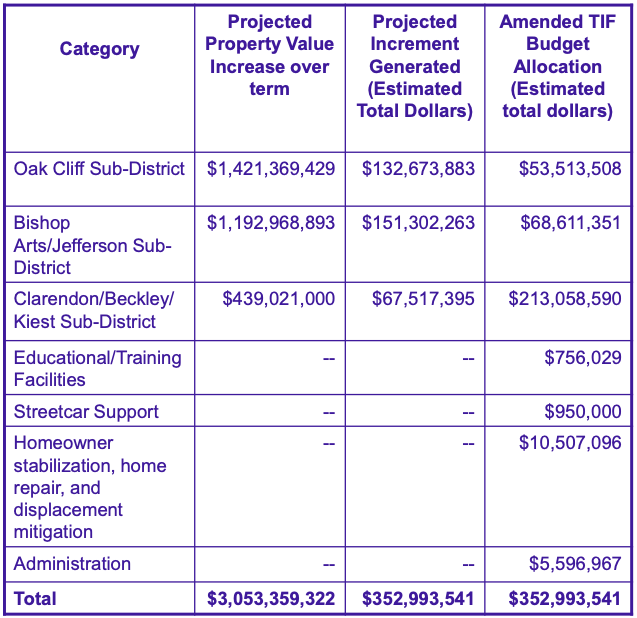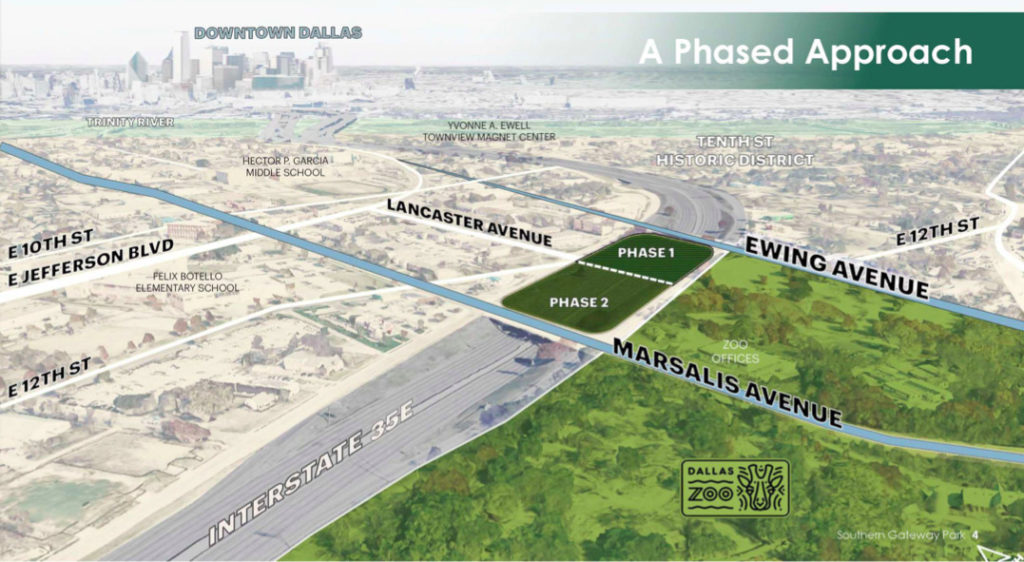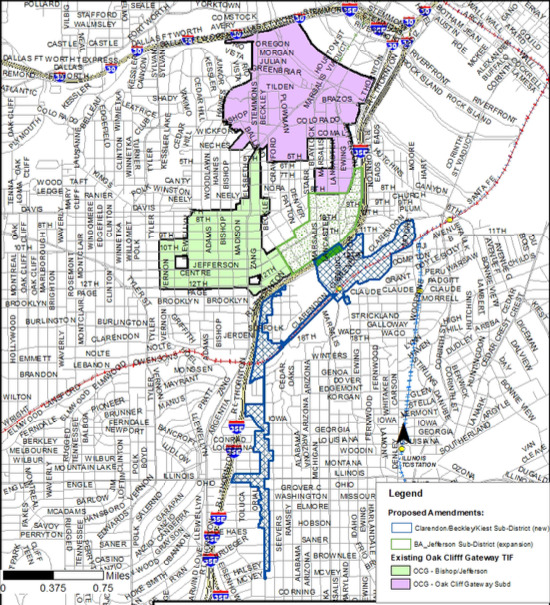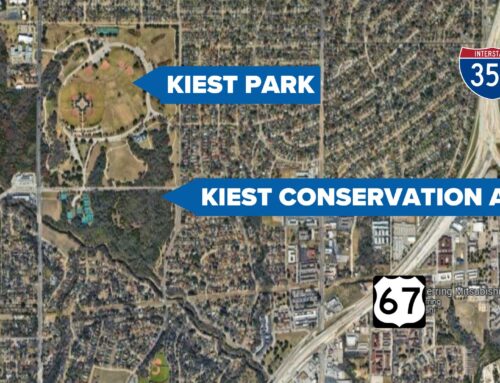A financing tool known for giving property-tax breaks to developers, as well as paying for expensive infrastructure like streets and sewers, could be used to thwart displacement near the Southern Gateway Deck Park.
City Council is expected to consider a 244-acre expansion to the Oak Cliff Gateway TIF district this month. The expansion would boost neighborhoods around the park using property-tax income from the Bishop Arts District and the Lake Cliff Park area.
The district will have an estimated $353 million to invest in the coming years, according to an Office of Economic Development presentation to City Council members Monday. About $10.5 million of that would be spent on “homeowner stabilization, home repair and displacement mitigation” near the park.
TIF, or tax-increment financing, is an economic-development tool, but the Office of Economic Development and the Oak Cliff Gateway TIF board are proposing to use it in this unusual way, “in recognition of the critical issues surrounding housing.”
“This is sort of new for us,” Robin Bentley, the city’s economic development director, said during the presentation. “We haven’t done this before.”
East Jefferson Boulevard and surrounding streets would be added to the TIF district, outlined in green in the below map, as well as an area called the Clarendon/Beckley/Kiest subdistrict, outlined in blue.
Using TIF is a creative way to “buttress” the city’s housing efforts in these neighborhoods, said Kevin Spath, assistant director of economic development. There aren’t as many rules for how these funds could be spent, compared with local or federal housing funds.
It would be up to the communities, housing department, City Council and TIF board to decide how to spend the money.
The proposal also prioritizes funding for “capital improvements” to the park itself. The first phase of the Southern Gateway Deck Park is under construction. Construction of the blank deck has been paid for, and private fundraising to build the park on top of it is almost complete. A second phase of the deck and park haven’t been funded yet.
Sidewalks and bike lanes and redevelopment of vacant and underutilized property could also be funded in the expansion areas.

This chart from the Dallas Office of Economic Development shows how much each subdistrict of the expanded Oak Cliff Gateway TIF is estimated to earn, in the third column. The fourth column shows where those estimated dollars would be spent.
The East Jefferson area would receive an estimated $68.6 million for those efforts, and the Clarendon/Beckley Kiest neighborhoods would receive an estimated $213 million.
There are “massive infrastructure issues,” such as lacking sidewalks and wheelchair accessible curb cuts in neighborhoods with public schools, City Councilman Chad West said.
West questioned why the DART vehicle repair yard was left out of the plan. It doesn’t mention expansion of the streetcar, he noted. And plans to improve or rebuild the North Oak Cliff Library could’ve been included, he said.
The expansion also excludes the Tenth Street Historic District and The Bottom, where residents need legal help with cloudy ownership titles and unaffordable property taxes.
Property investors have begun “circling” the deck park, including one, Hudson Henley, who has purchased about 25 acres on the east side of the planned 5-acre park, according to reporting this summer from the Dallas Morning News.
City Council could vote to open a public hearing on expanding the Oak Cliff Gateway TIF on Oct. 26, and if so, the public hearing is expected on Nov. 9.







